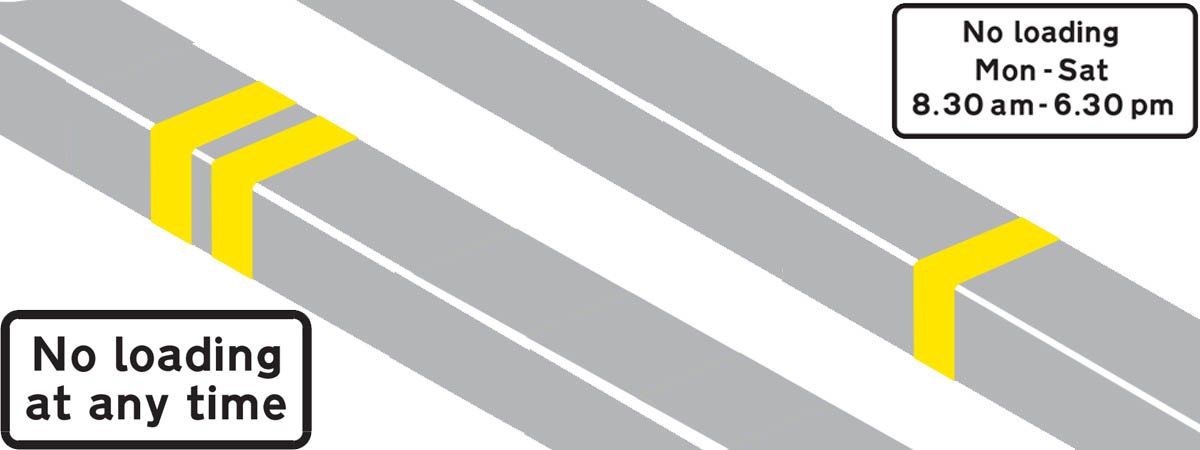Parking policies, strategies and useful information
Parking policies and strategies
Below is the Council list of Parking Policies, strategies, annual reports, and other useful information relating to Parking Enforcement in St Albans City and District.
Annual Parking Reports Toggle accordion
Annual Parking Reports
Annual Parking Reports detail our enforcement activities under Part 6 of the Traffic Management Act 2004.
Parking strategy Toggle accordion
Parking strategy
The Council aims to deliver an efficient service that provides fair, easy, and safe parking across St Albans. Our responsibilities include on-street parking provision, car parks, civil parking enforcement, residential parking, and managing parking demand.
This strategy is designed to help shape, manage, and deliver the Council’s vision for parking, and set out how we manage kerbside space and off-street car parks. The aim is to reduce the impact of parking on the environment, while continuing to provide essential parking space to support our local businesses, residents, and visitors.
Loading and Unloading, Grace Periods, and guidance. Toggle accordion
What is Loading or Unloading.
Loading or unloading involves the continuous movement of goods to and from your vehicle. For private vehicles you need to demonstrate these goods would be unreasonable to carry by hand, for instance large boxes or furniture (the exemption wouldn’t cover returning a small item to a shop).
The exemption is intended to allow vehicles to stop only for the time necessary to carry out the act of loading or unloading. Other activities, such as stopping for a chat, queuing up or shopping will not be exempt.
If loading or unloading is not seen, you may be issued a Penalty Charge Notice (PCN). Evidence, such as a delivery record, would then be required if challenging the PCN.
The driver must move the vehicle if they are asked to do so by a Civil Enforcement Officer (CEO), even if parked where exemptions apply.
When is loading/unloading permitted?
Loading or unloading is permitted on single and double yellow lines, and some parking bays such as resident bays, although you must not use car club, disabled, or electric charging bay.
Where there is a loading ban, you will see yellow stripes (kerb blips) on the edge of the kerb as indicated below.

Vehicles parked in areas with a loading ban will be given an immediate PCN.
You are also not permitted to load or unload:
- Where the parking bay is suspended.
- On zigzag white lines.
- On Pedestrian crossings or the area marked by zigzags.
- In an area marked Keep Clear.
- At any Bus Stop or stand.
- At any Taxi waiting areas or rank.
- In a Disabled Parking Bay
If it is essential for a vehicle to be parked nearby while carrying out large scale loading, e.g., house removals, building supplies, glaziers, or scaffold vehicles, then you should contact the council to make special arrangements.
Remember, whether you get an exemption from the parking rules depends on the specific situation, to qualify for this exemption one of the following must apply:
- Loading/unloading must be observed taking place continuously.
- No loading restriction is in force at the time.
- The vehicle is not causing an obstruction.
- The vehicle is moved as soon as loading/unloading has been completed.
Is there a time limited to load or unload.
The council allows up to 20 minutes to load or unload once this is observed taking place. For larger commercial lorries this can be extended to 40 minutes if large scale loading or unloading is taking place.
What are observation times?
The length of time that a CEO observes a vehicle is dependent on where the vehicle is parked.
If a vehicle is parked on yellow lines, CEOs will typically observe a private vehicle for 2 minutes, larger commercial vehicles will typically be given a longer observation period.
If a vehicle is parked within bays where loading or unloading is allowed, typically a 10-minute observation period is given to observe such activity.
Where loading or unloading is not permitted, such as where loading restrictions are in force, or if your vehicle is causing an obstruction, an observation period may not be given and a PCN may be issued instantly.

